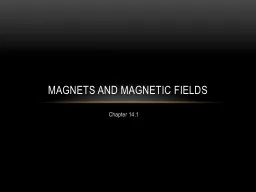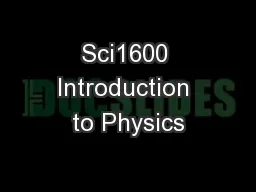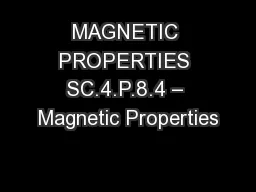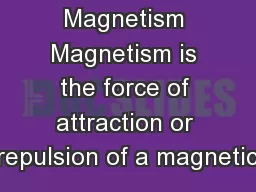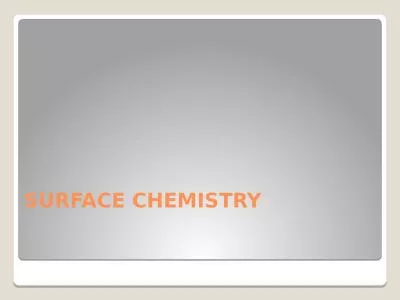PPT-Adsorbate Influence on the Magnetism of Ultrathin Co/Cu Systems
Author : alida-meadow | Published Date : 2019-11-25
Adsorbate Influence on the Magnetism of Ultrathin CoCu Systems David Gunn Contents Introduction to Magnetism Spintronics Oxygen and Nitrogen on CoCu 001 Adsorbate
Presentation Embed Code
Download Presentation
Download Presentation The PPT/PDF document "Adsorbate Influence on the Magnetism of ..." is the property of its rightful owner. Permission is granted to download and print the materials on this website for personal, non-commercial use only, and to display it on your personal computer provided you do not modify the materials and that you retain all copyright notices contained in the materials. By downloading content from our website, you accept the terms of this agreement.
Adsorbate Influence on the Magnetism of Ultrathin Co/Cu Systems: Transcript
Download Rules Of Document
"Adsorbate Influence on the Magnetism of Ultrathin Co/Cu Systems"The content belongs to its owner. You may download and print it for personal use, without modification, and keep all copyright notices. By downloading, you agree to these terms.
Related Documents


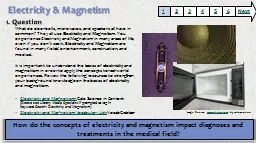
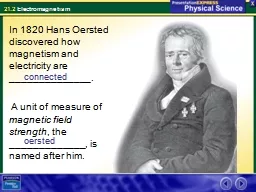
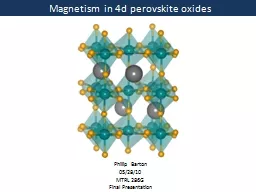
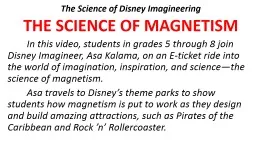
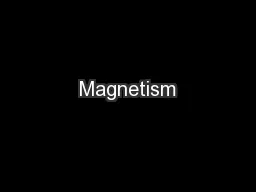
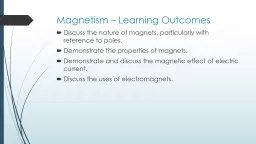
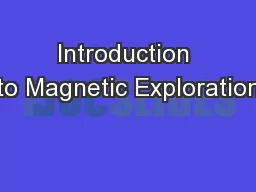
![1 L 27 Electricity & Magnetism [5]](https://thumbs.docslides.com/548574/1-l-27-electricity-amp-magnetism-5.jpg)
